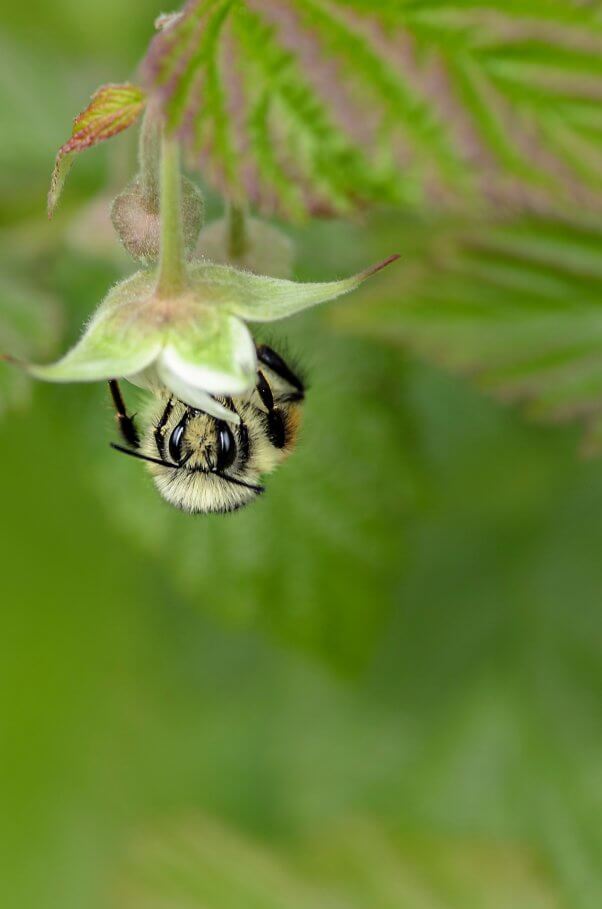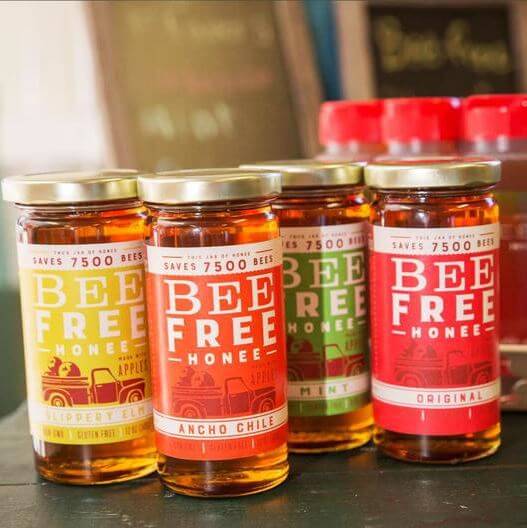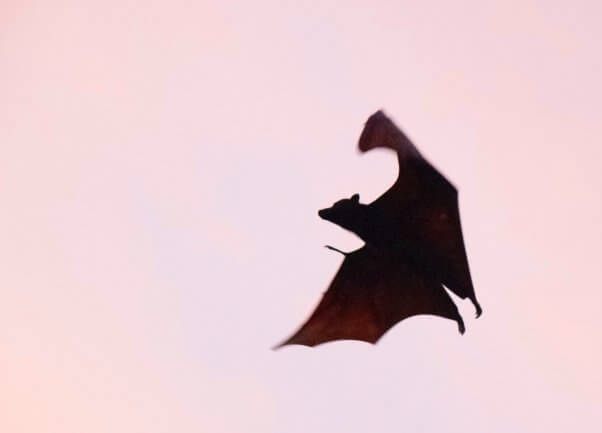Save Our Bees! Easy Things You Can Do During Pollinator Week
Everyone loves to take a summer stroll through colorful, fragrant flowers or eat fresh fruit straight from the tree. But for bees and other endangered pollinators, things aren’t looking so sweet.
Many pollinator populations are on the decline because of habitat loss, climate change, pollution, and pesticides. These animals—including bees, birds, bats, butterflies, and beetles—help pollinate between 75 and 95 percent of all flowering plants on Earth. They add $217 billion to the global economy and help maintain healthy ecosystems that prevent soil erosion, counteract climate change, and support other wildlife.
We depend on pollinators. And now, they need to be able to depend on us.

Next week, June 18 to 24, is National Pollinator Week, which was unanimously approved by the U.S. Senate in order to highlight the urgency of protecting declining populations of pollinators. It has grown into an international recognition of these animals and the crucial role that they play in preserving biodiversity.
In honor of National Pollinator Week, here are easy ways that everyone can help save our bees.
‘Bee’ a ‘Honee’
A single bee may visit as many as 10,000 flowers per day to produce just a teaspoonful of honey during a lifetime. On a honey farm, bees will never benefit from that labor. After beekeepers steal all the honey from the hive, they keep the bees alive by feeding them sugary syrup and other subpar nutrients or just kill the entire hive—between 20,000 and 80,000 bees. So let these animals keep their honey. They need it for nourishment more than we need it for a bit of flavoring. We can use maple syrup, agave nectar, molasses, jam, dandelion and apple “honey,” Bee Free Honee (which Shark Tank star Mark Cuban invested in to help save bees), and all sorts of other sweeteners instead.

Make Your Home the ‘Bee’s Knees’
Planting flowers—including sunflowers, wild lilac, lavender, and flowering cacti—will provide bees with nectar and pollen. For those of us with condos and brown thumbs, even growing a few little herbs—such as mint, chives, sage, thyme, parsley, and oregano—on a windowsill or balcony can help feed bees. (And they, in turn, can help us actually keep a plant alive.)
None of Your Beeswax
Bees need their wax to construct honeycombs. So let them keep it, and choose beeswax-free lip balms and candles.
And to do more for endangered animals, follow these links to see how you can help other vital pollinators: butterflies, beetles, birds, and bats.


